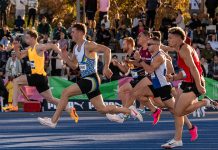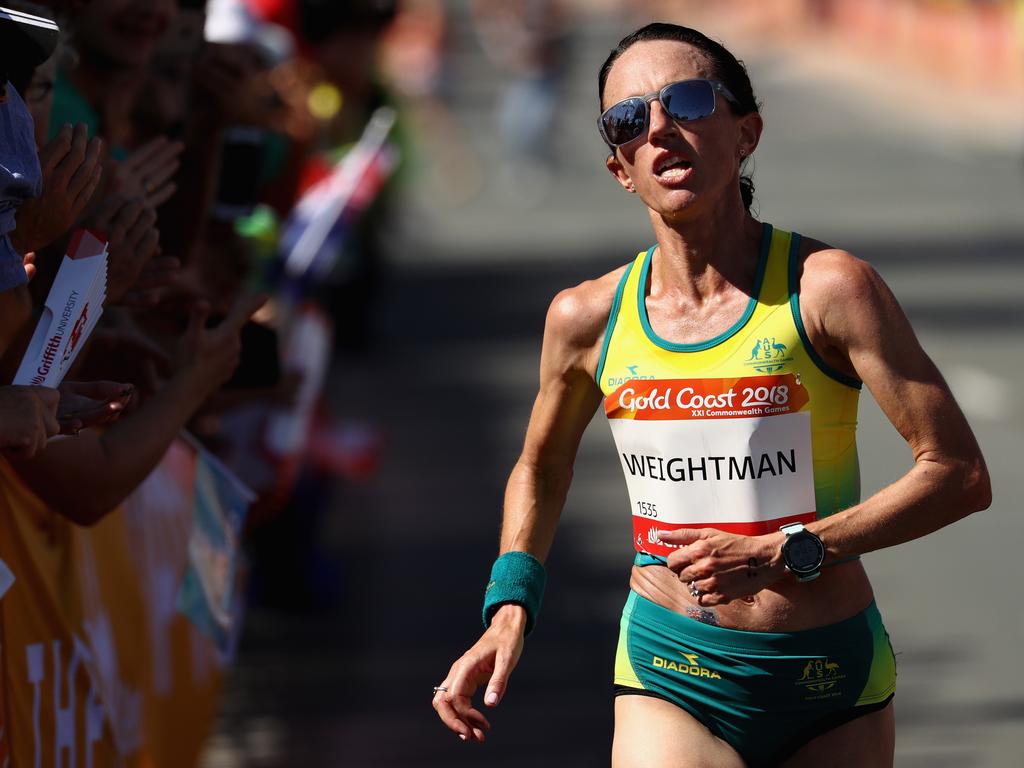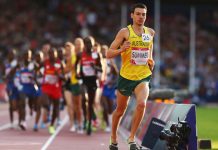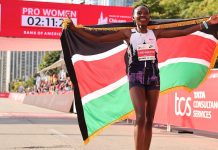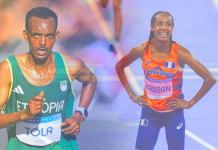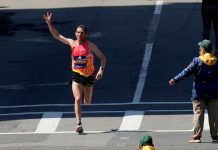Let’s pose some multiple-choice questions, shall we?
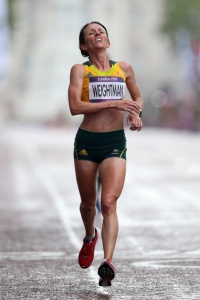 Who kept Lisa Weightman out of the Olympic marathon team?
Who kept Lisa Weightman out of the Olympic marathon team?
1)Jess Stenson?
2)Sinead Diver?
3)Genevieve Gregson?
4)None of the above?
5)All of the above?
Who kept Izzi Batt-Doyle out of the Olympic marathon team?
1)Jess Stenson?
2)Sinead Diver?
3)Genevieve Gregson?
4)None of the above?
5)All of the above?
Who kept Eloise Wellings out of the Olympic marathon team?
1)Jess Stenson?
2)Sinead Diver?
3)Genevieve Gregson?
4)None of the above?
5)All of the above?
Who put Liam Adams in the Olympic marathon team?
1)The selectors?
2)He got a universality place?
3)Who cares? We’re just glad he’s there?

With a reasonable degree of confidence, the answer to the Liam Adams question is (3) and
with hardly any confidence at all, the answer to each of question one, two and three is (5).
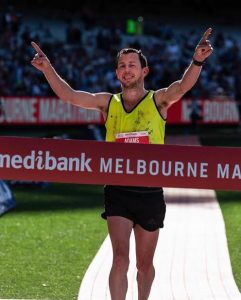
A pedant may protest that options (5) and (4) are in the wrong order as logically “all of the
above” cannot include “none of the above”. Selection and logic do not always walk hand in
hand.
A selection has been made, at least, and as was inevitable given three women had to be
selected from six possibles, three well-qualified athletes have missed out. The three selected ‘kept out’ the other three.
This correspondent wrote some weeks ago that the selectors were almost certain to get it
wrong, as it is very unlikely – no matter that it would be very much welcome – that the three chosen would all run well on the day. It’s the marathon, after all.
And if you had to choose a male Australian marathoner who has earned being the
beneficiary of a change of mind by heaven knows who, then Liam Adams would be your
man. He has put his hand up for selection for pretty well every Australian team for nearly 20 years now and never failed to run to his utmost when his name has been called.
Adams has endured a galling process of in, out, maybe in, maybe out this time before it was finally decided that a quota place would be offered to four countries, including Australia, after all. Typical of the vagaries of this process, however, World Athletics didn’t announce that concession in time for Liam to be included in the original Australian Olympic Committee selection announcement.

Still, maybe it’s appropriate that Adams got an announcement of his own. Peering through
the swirling mists of time, I recall he was left out of a world cross-country team back in his
junior days because the selectors decided it was a team or nothing, so didn’t consider
individuals. Left out by the same logic was David McNeill, so it is interesting to note that this week David, a three-time Olympian, won the 5000 metres at the Oceania championships while Liam has been selected to a third Olympic team.
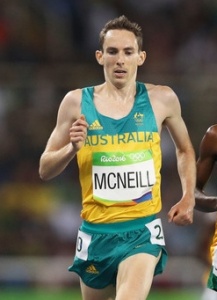 A pleasing outcome, however, should not cover up the obscurity of the whole process. The
A pleasing outcome, however, should not cover up the obscurity of the whole process. The
application of the marathon qualification has been difficult to follow from the start. First was the target field size of 80 (down from 100). Then a further tweak that introduced two phases. At the end of January, 2024, the athletes ranked higher than 65 on the list were to be confirmed as entries, the remaining 16 to come from the next highest-ranked at the closing date (5 May).
Not only that, but the places claimed under these conditions could be re-allocated to any
runner who had run faster than 2:11:30 (men) or 2:29:30 (women). Among other
implications, this allowed countries like the USA which selected via a trial race to allocate
those places to the top three in that trial (subject to 2:11:30/2:29:30).
Difficult enough to keep up at this point, but just when every indication – including the WA
Road to Paris lists – was that this meant the next 16 in the list were qualified. Liam Adams
sat comfortably inside this number. Then, out of the blue, came the universality places.
These had been defined in the general qualification guidelines. What had not been expected
was that 11 of these places would be assigned to the men’s marathon. Overnight, 11 men
who thought they had a quota place for Paris found out they were wrong.
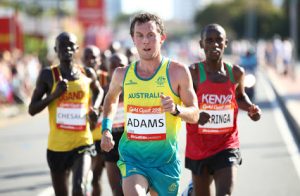
That has now been partially redressed. There are still 11 universality runners listed in the
marathon quota but Adams and three others have been put back in. Who knows what
happens next time.
The worrying aspect of all this is the failure of World Athletics to elaborate how the
universality places would be distributed until such a late stage. WA’s big new event – The
Ultimate Championship – has been announced this week with plenty of headline figures but a similar lack of detail. Hopefully, the roll-out won’t reveal too many unwelcome surprises.



